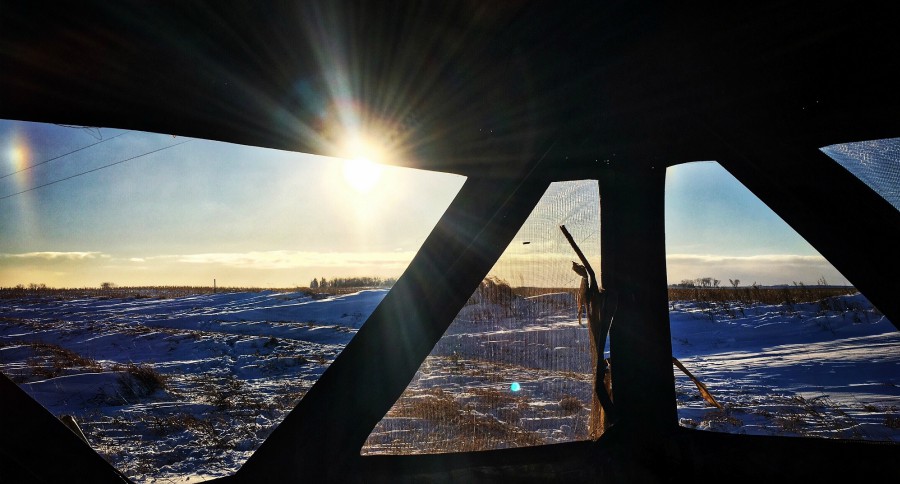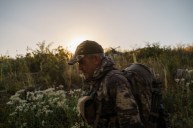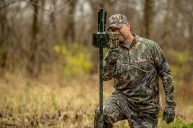It's never too late to try something new.
The end of hunting season is undoubtedly more challenging than early season hunting.
It's colder, deer have experienced hunting pressure and most hunters are just plain exhausted after deer hunting for three or four months.
However, if you're still in the game to fill remaining buck or doe tags, try these late-season hunting tactics, tips and tricks to fill the freezer in the last few days of deer season.
Focus on Food Sources
There's almost no better way to fill remaining tags than to hunt a food source. Deer pile into food late in the season presumably for two reasons.
First, deer, especially mature bucks, are recovering from weight loss and energy depletion from the rut. Secondly, deer are trying to survive the winter. This is more obvious in the Midwestern and Western states where winters are more harsh. Conceptually, though, it's the same throughout the whitetail's range.
Key in on on food plots, corn fields, standing beans, cereal grains and other late-season forage and browse that deer prefer during cold weather months.
Hunt South Facing Hillsides
During the winter, deer tend to bed on south facing slopes or hillsides to 'sun' in the cold weather. This is one the reasons late-season bucks will get a later start during the day. They'll wait until the sun hits their bedding area and the frost melts before they begin to move midday.
If you can set up on the downwind side of a south-facing slope between a food source, you're bound to observe late-season deer movement.
Travel Out-of-State
Maybe you're just wanting to fill the freezer some more or maybe you're wanting to harvest a late-season buck. There are several affordable tags for states still offering hunting opportunities late in December, January and some in February.
This will obviously require some travel and scouting, but if you're near state lines, this could be a great option for you. In fact, some of these states, including Alabama and Florida, are observing rut activity during these months. This is even more reason to consider taking a late-season, out-of-state trip.
Never Stop Learning
Here's one last tidbit. If you've already filled your tags for the season, don't quit scouting. Next year's results might be dependent on this year's scouting observations.
Look for deer tracks in the snow. Observe where mature bucks are bedding on a strong cold front. Use trail camera data from this year for next year's hunting strategy. Develop a hunting strategy based on current deer activity that will roll over to next year possibly even their early-season patterns.
Like what you see here? Read more hunting articles by Nathan Unger at whitetailguruhunting.com. Nathan is also the host of the Whitetail Guru Hunting Podcast.
NEXT:4 REASONS TO HUNT MORNINGS IN DECEMBER AND JANUARY
WATCH




